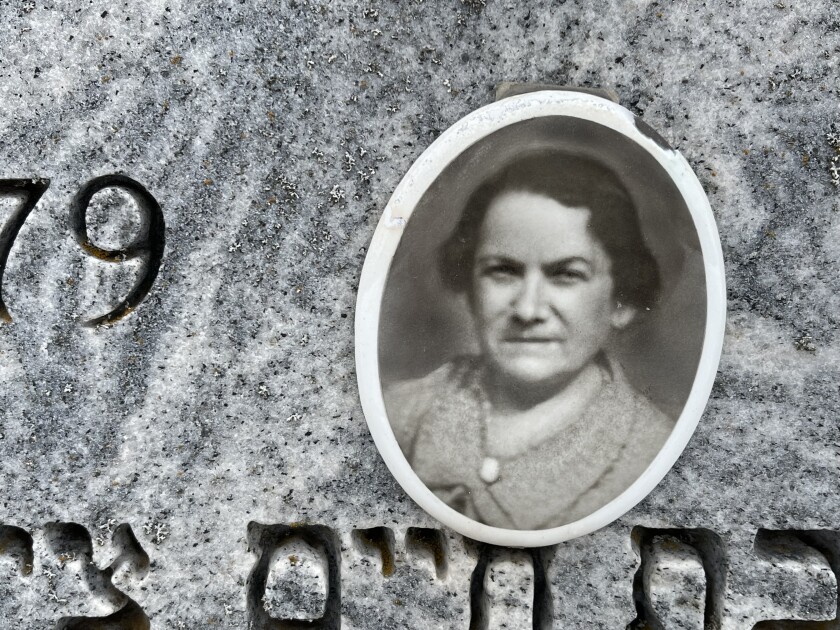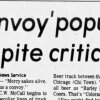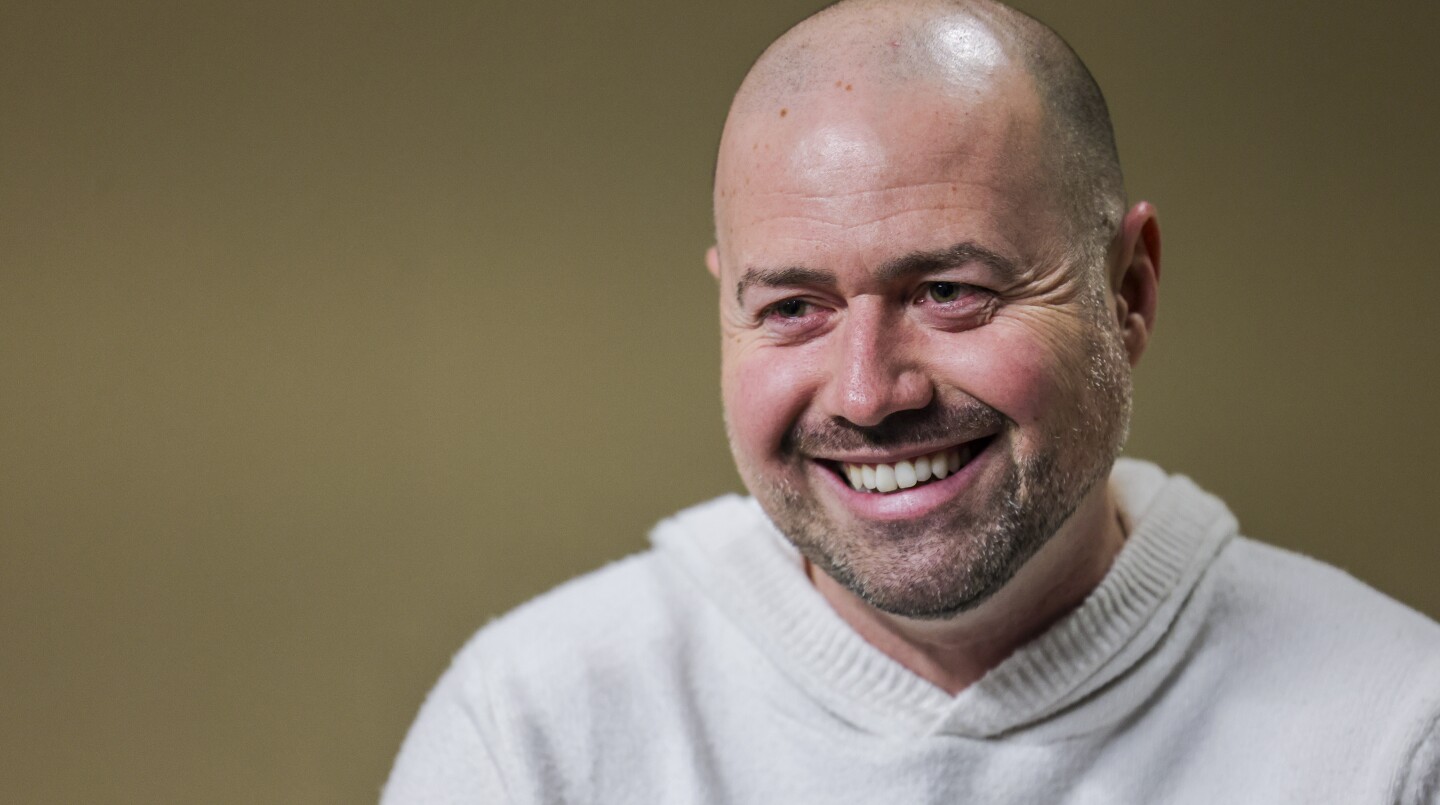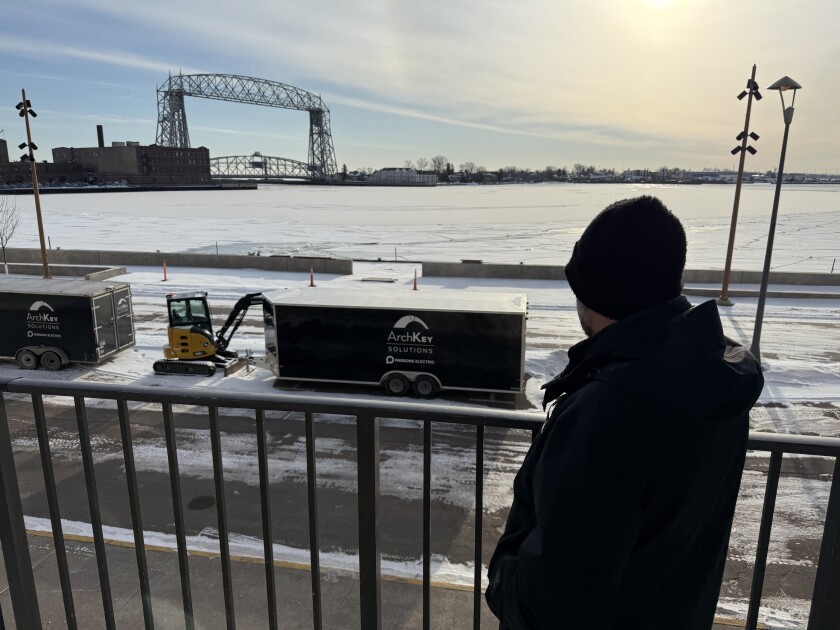DULUTH — The headline of this column is not, properly speaking, news. The demolition of the former Essentia Health-St. Mary's Medical Center has been planned for years, and last month the News Tribune reported on the process getting underway.
It will take about a year to complete the demolition. The hospital is located in a dense area of Duluth with nearby buildings that include its replacement: the towering new medical center that opened last year. Still, the former hospital will come down a lot more quickly than it went up.
ADVERTISEMENT
The original St. Mary's Hospital opened in Duluth in 1888. That first hospital building, located at 2002 W. Third St. (now a parking lot for the Lincoln Park Community Center), was demolished in 1958.
It had long since been replaced with a new 1898 hospital on the site of the one that's now being torn down — but the building being demolished is itself a series of expansions that replaced the replacement, which was torn down in 1967.
In other words, St. Mary's is a Catholic hospital, but its physical structure has never been sacrosanct. The demolition now underway, though, marks the end of an era: 125 years of medical procedures took place at and adjacent to 407 E. Third St.
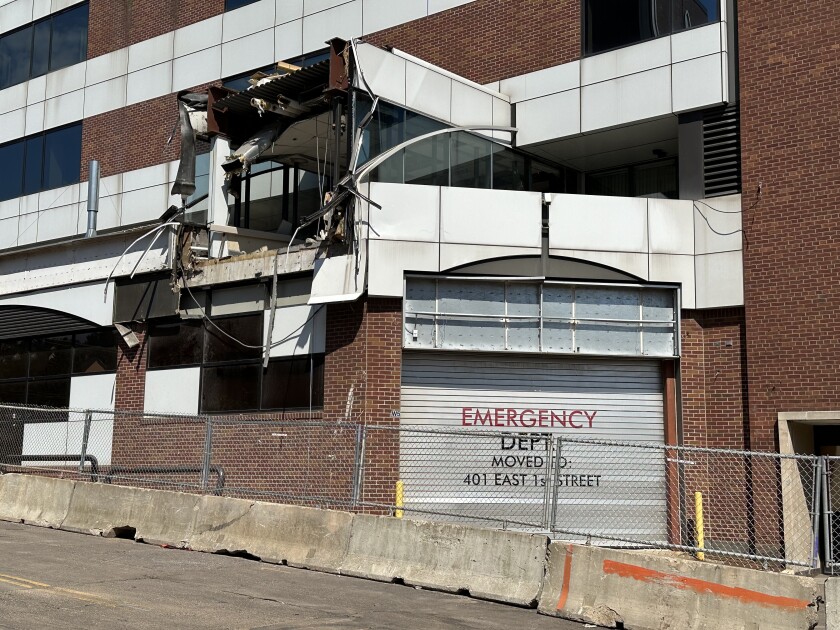
You could fill a book accounting the significant figures who began and/or ended their lives at the shuttered St. Mary's, but one in particular stands out for music fans: Bob Dylan, whose to-be-legendary voice was presumably first heard there on the day he was born in May 1941.
Dylan's birthplace hasn't attracted as much attention among fans as other Duluth landmarks like his first house and the Armory, where the teenage Bobby Zimmerman had a life-changing encounter with Buddy Holly.
That's not necessarily a surprise. As birthplaces go, the towering hospital doesn't exactly have the mythic resonance of the Salzburg flat where Mozart was born. Still, it's worth fans' time to pause and reflect on the significance of St. Mary's Hospital, part of Duluth's long history as a first-rate regional health care center. If Dylan hadn't been born there, after all, he might not have survived.
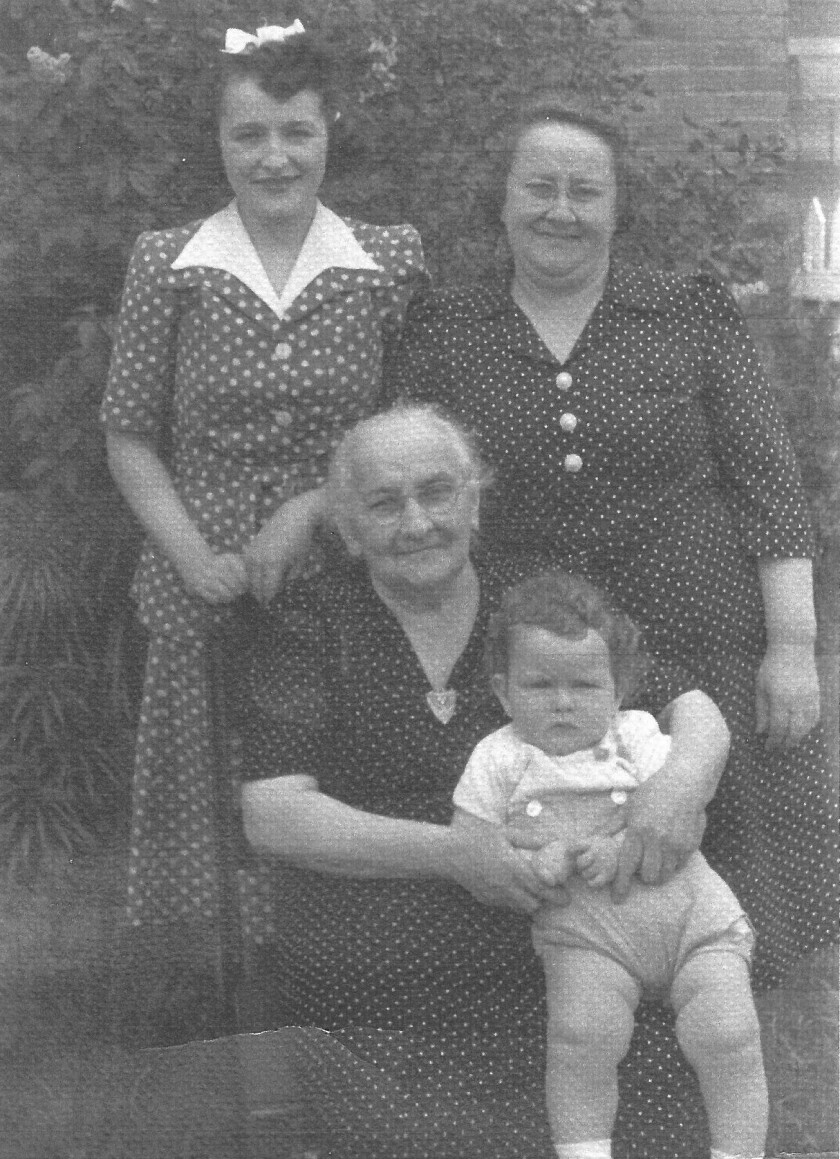
That was the opinion of his mother herself. Dylan's parents didn't give many interviews, but in 1968 they sat down with biographer Robert Shelton and provided a candid account of their world-famous son's early years in Duluth and Hibbing.
ADVERTISEMENT
"If it hadn't been for the best doctor in Duluth, Bobby would have been born dead, because I had a crooked bone at the end of my spine," Beatty Zimmerman told Shelton. "Only because I had the leading obstetrician in Duluth, the nuns told me that. He did operate, and it was a forced labor."
That doctor, the man who signed Dylan's birth certificate, was James Manley. He was among numerous notable professionals residing in the city's East End, according to a 2009 report prepared for the Duluth Heritage Preservation Commission.
"His clients included the mining magnates and lumber barons of the region," notes the report, which described a "stellar career" achieved by the resident of the house now numbered 124 N. 24th Ave. E. Manley died in 1947, long before he could have discovered the impact of the baby whose life he saved six years earlier — and the same year Dylan's family left Duluth for Hibbing.
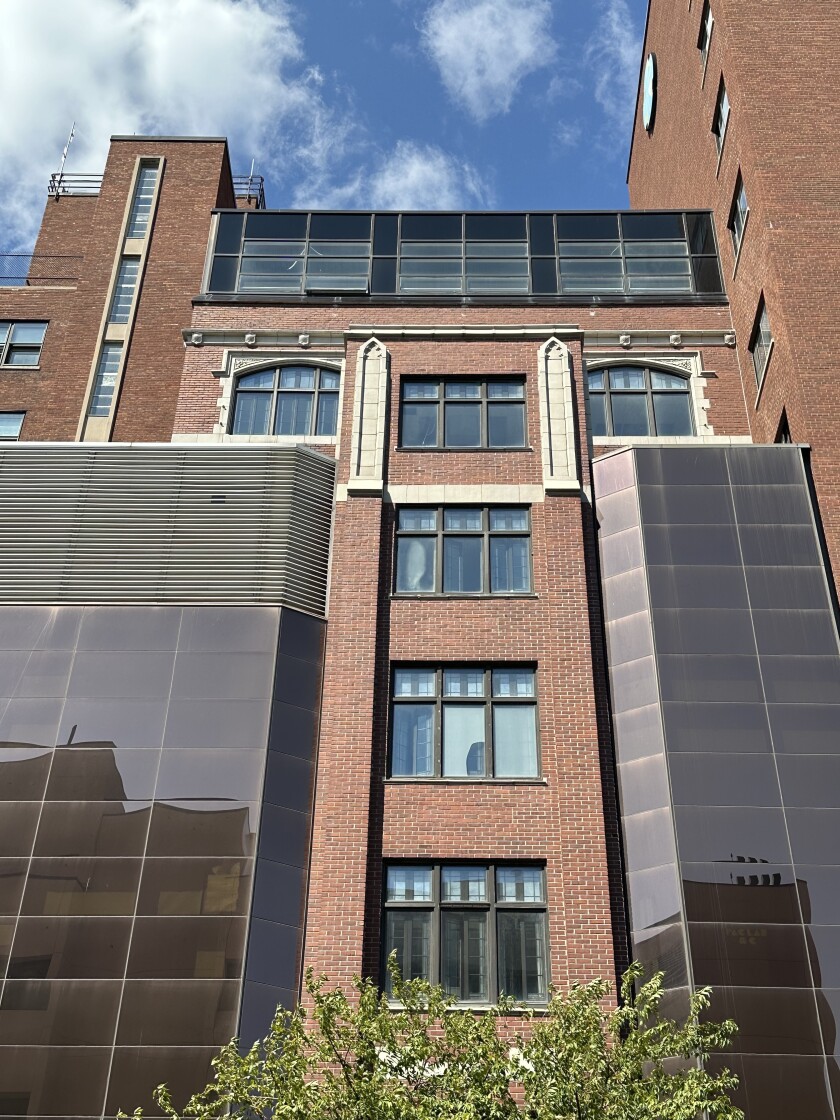
Tony Dierckins, a local historian who wrote about the various versions of St. Mary's Hospital in his book "Duluth's Grand Old Architecture" (co-authored with the late Maryanne C. Norton), said he could be reasonably certain that in 1941, the hospital's maternity ward would have been located on the fourth floor of the building known as the St. Mary's Hospital Annex.
"When built in 1922, the St. Mary’s Annex’s fourth floor became home to obstetrics," Dierckins wrote in an email to the News Tribune, "and the next expansion was in the 1950s, after Zimmy’s birth, so so I would strongly believe he was indeed born there."
Unfortunately, I learned that detail too late to get in and take a look at the floor in question, which is now closed to visitors for safety reasons, but it was certainly transformed dramatically from its appearance in 1941. The Annex itself is scarcely visible from the exterior in the hospital's final iteration on Third Street, nearly subsumed by later additions and renovations.
Still, at least one set of windows looking into the fourth floor is still visible, and peering up at it may be about as close as I — or anyone else who's not a demolition contractor — will ever again get to seeing Dylan's precise birthplace.
ADVERTISEMENT
On Monday I walked around the hospital site and was reminded of just how closely situated the landmarks relevant to Dylan's early life are on Duluth's hillside.
In the Shelton interview, Dylan's father, Abe, remembered the hospital being "about four blocks" from their house. His memory was right on — walk one block west from the hospital on East Third Street, then turn right and walk a few blocks up North Third Avenue East, and you'll arrive at the duplex the Zimmermans brought baby Bobby home to.
You don't even have to go that far, though, to see other important sites in Dylan's family life.
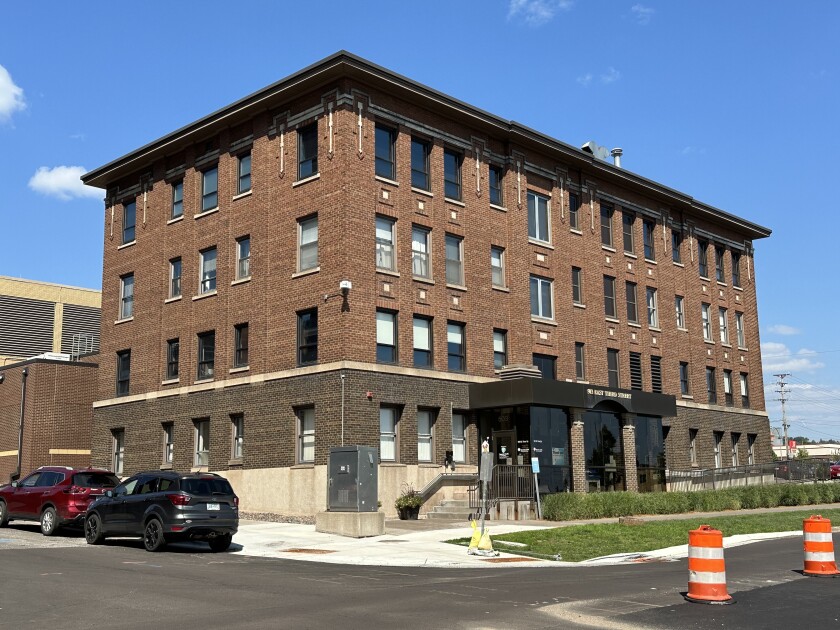
Right across the street from the hospital, at 503 E. Third St., is the first apartment building where Beatty and Abe Zimmerman lived after moving out of Abe's mother's house. (Abe's father was alive at the time of the couple's marriage but living separately, possibly due to a strain in the elder Zimmermans' marriage.) It's now part of Essentia's Duluth campus.
Dylan himself may never have set foot in that building, and isn't likely to be particularly sentimental about the hospital where he was born, but he does have a vivid memory of an unassuming house that's within sight of the hospital — if you stretch a little. His paternal grandmother, Anna, lived at 310 E. Fifth St., and the young Dylan would visit her there.
"From a window in the back room you could see Lake Superior, ominous and foreboding, iron bulk freighters and barges off in the distance, the sound of foghorns to the right and left," Dylan wrote in his 2004 memoir. (This may be why, in a 1986 interview with the News Tribune, Dylan professed that one of his only Duluth memories was "the foghorns.")
ADVERTISEMENT
St. Mary's wasn't just a handy spot to have a baby — it was at the heart of Dylan's parents' community in Duluth. Whatever is eventually built on its site will have an innate historic significance just by virtue of its location. Essentia has offered the site to the University of Minnesota Duluth as a potential medical school site, which would be an apt use for the legacy of lifesaving care there.
I was also born at St. Mary's Hospital — but not that one. I was born at the St. Mary's Hospital in Minneapolis, which instead of a Lake Superior view has a bluff-top vista of the Mississippi River. A few years ago I returned to see if I could find the specific building where I was born and found that it was still quite visible although it's been ingested into today's M Health Fairview University of Minnesota Medical Center.
Nearby the former St. Mary's in Minneapolis stands a garden and shrine to the Biblical mother of Jesus, with plaques paying tribute to the Sisters of St. Joseph and the Catholic hospital movement. While my delivery was nowhere near as harrowing as Dylan's, it was meaningful to visit the site and think about the generations of health care professionals who have shepherded innumerable lives through those overwhelming early days.
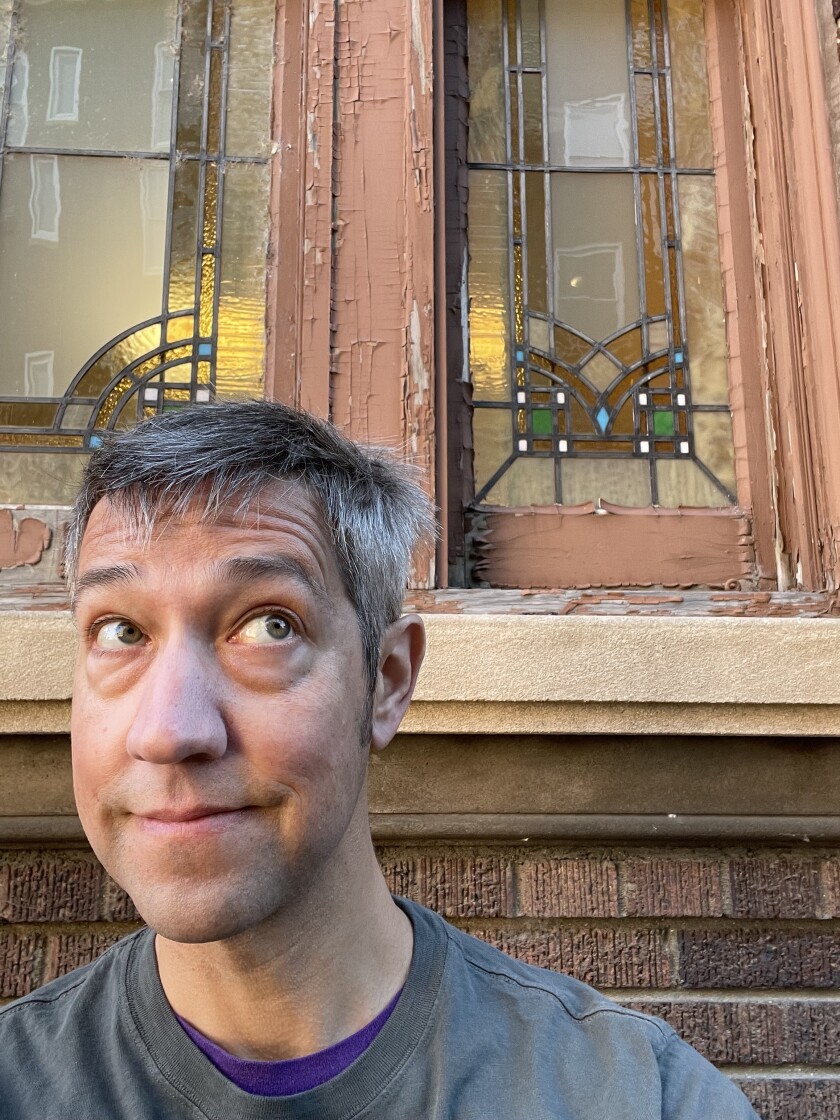
As it happens, while the Jewish Bobby Zimmerman was born in a Catholic hospital, Minnesota's other best-known musical genius was born at a non-sectarian hospital founded, in part, by Jewish doctors. The parents of Prince Rogers Nelson lived nearly as close to Mount Sinai Hospital as the Zimmermans lived to St. Mary's; like Abe and Beatty, John and Mattie found excellent care just blocks from their home.
While Bob Dylan's birthplace is passing into history, Prince's birthplace still stands. Poignantly, given the circumstances of the musician's tragic death, the former Mount Sinai Hospital is now a center for the treatment of substance addiction.
Twenty-five years ago, Dylan played Bayfront Festival Park and observed that "I was born on the hill over there. Glad to see it's still there." It still is, although if Dylan ever plays Duluth again, odds are that the hillside building where he was born will be no more.




